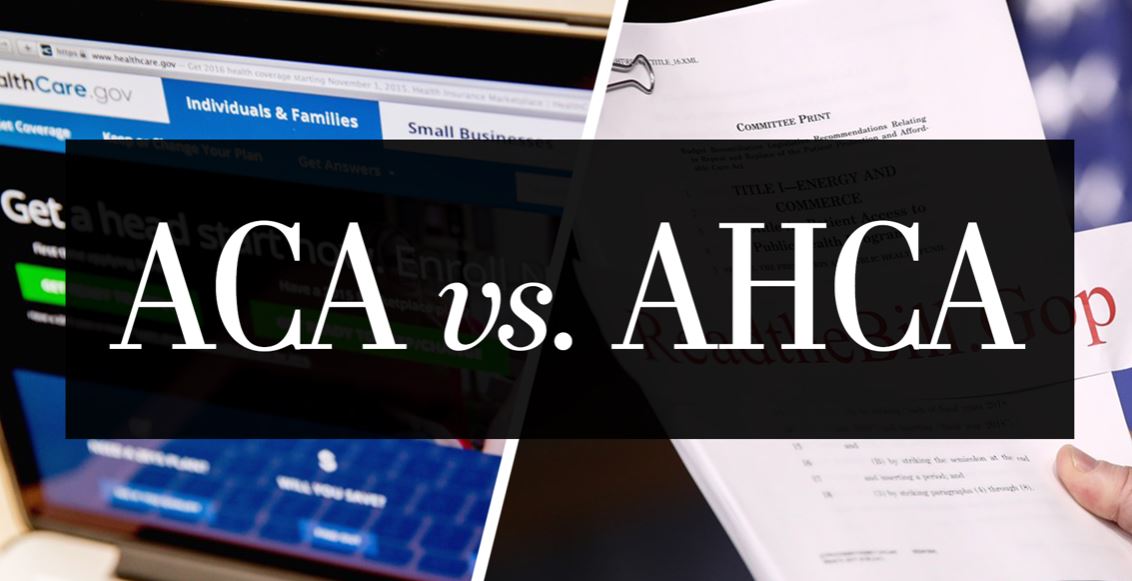
Differences Between AHCA and ACA.
1. No More Mandate to Purchase or Provide Coverage
The plan eliminates the individual and employer mandate penalties. This means people will no longer be fined for lack of insurance, and large companies do not have to pay if they do not offer insurance to their employees. However, the plan allows for insurance companies to charge if a person was uninsured for 63 continuous days during the previous year.
2. Medicaid Expansion
The ACA’s plan to grow Medicaid is being halted. New enrollment freezes in 2020.
3. Abortion Funding Is Restricted
Any facility that offers abortions will not receive federal funding, including Planned Parenthood. Individuals that receive a plan with a subsidy cannot have abortion coverage.
4. Taxes on the Health Care Law Would Be Repealed
The plan removes the taxes on prescription drugs, over-the-counter medications, health-insurance premiums, and medical devices that the ACA used to pay for their plan.
5. Essential Health Benefits
The AHCA eliminates the requirement for Essential Health Benefits. The AHCA allows limited policies that are only in case of major illness or injury.
6. HSA and FSA
HSA contribution limits would be increased to match high deductible health plan out of pocket limits, and spouses would be able to make catch-up contributions to the same HSA.
The AHCA would change several current rules that apply to health Flexible Spending Accounts (FSAs) and Heath Savings Accounts (HSAs).
HSA and health FSA could be used for over the counter medications. Currently, HSA and health FSA funds cannot be used for over the counter medications without a prescription.
The next step is for the legislation to be moved on to the Senate, where it will likely face serious challenges. Senator Rand Paul has proposed S.R 222 that is different from the AHCA. The CBO has yet to score this bill with the amendments.